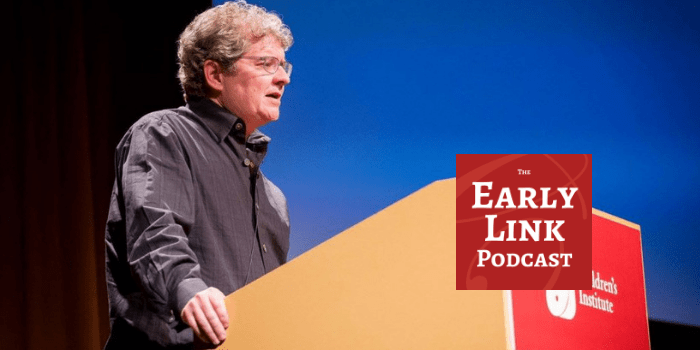
Make It Your Business Luncheon Keynote from Prof. Sean Reardon
 Professor Sean Reardon, a Stanford researcher, was the keynote speaker for our annual Make It Your Business Luncheon. Reardon received his doctorate from Harvard and has spent his career researching how to ensure every child is able to obtain the best education.
Professor Sean Reardon, a Stanford researcher, was the keynote speaker for our annual Make It Your Business Luncheon. Reardon received his doctorate from Harvard and has spent his career researching how to ensure every child is able to obtain the best education.
In his keynote address, he says statistics indicate some Oregon school districts are outperforming other school districts in similar socioeconomic areas but: “That opportunity is not equally shared by race or by socioeconomic backgrounds. That says we have a lot of work to do as a society about how we create broader opportunity.”
He says gaps in educational opportunity start very early, and groups like Children’s Institute, that take a holistic look at the social safety net, have the best chance of changing the trajectory of young people.
Professor Sean Reardon, a Stanford researcher, was the keynote speaker for our annual Make It Your Business Luncheon. Reardon received his doctorate from Harvard and has spent his career researching how to ensure every child is able to obtain the best education.
In his keynote address, he says statistics indicate some Oregon school districts are outperforming other school districts in similar socioeconomic areas but: “That opportunity is not equally shared by race or by socioeconomic backgrounds. That says we have a lot of work to do as a society about how we create broader opportunity.”
He says gaps in educational opportunity start very early, and groups like Children’s Institute, that take a holistic look at the social safety net, have the best chance of changing the trajectory of young people.
Selected quotes:
“In the first 4 years of my career, I spent time in two Americas. It got me thinking a lot about inequality.”
“Prenatal healthcare, quality childcare and early childhood education are all factors that help students” be ready to achieve.
“Opportunity is not equally shared,” meaning white students statistically have more opportunities and a higher socioeconomic background.
“The gap in test scores between low-income and high-income students doesn’t grow much at all between Kindergarten and 8th grade,” meaning educational disparities that begin before Kindergarten persist. “To affect educational inequality, we need to think of strategies that reduce it at the start.”
“Starting in 1980 or so, income inequality has skyrocketed in the U.S.,” which creates further educational disparities. “We’ve become increasingly segregated by income … our schools are also more segregated by income.”
He says low-income families are more engaged now than ever with their children, but “There’s no amount of reading ‘Goodnight, Moon’ that’s going to erase structural and institutional problems.”
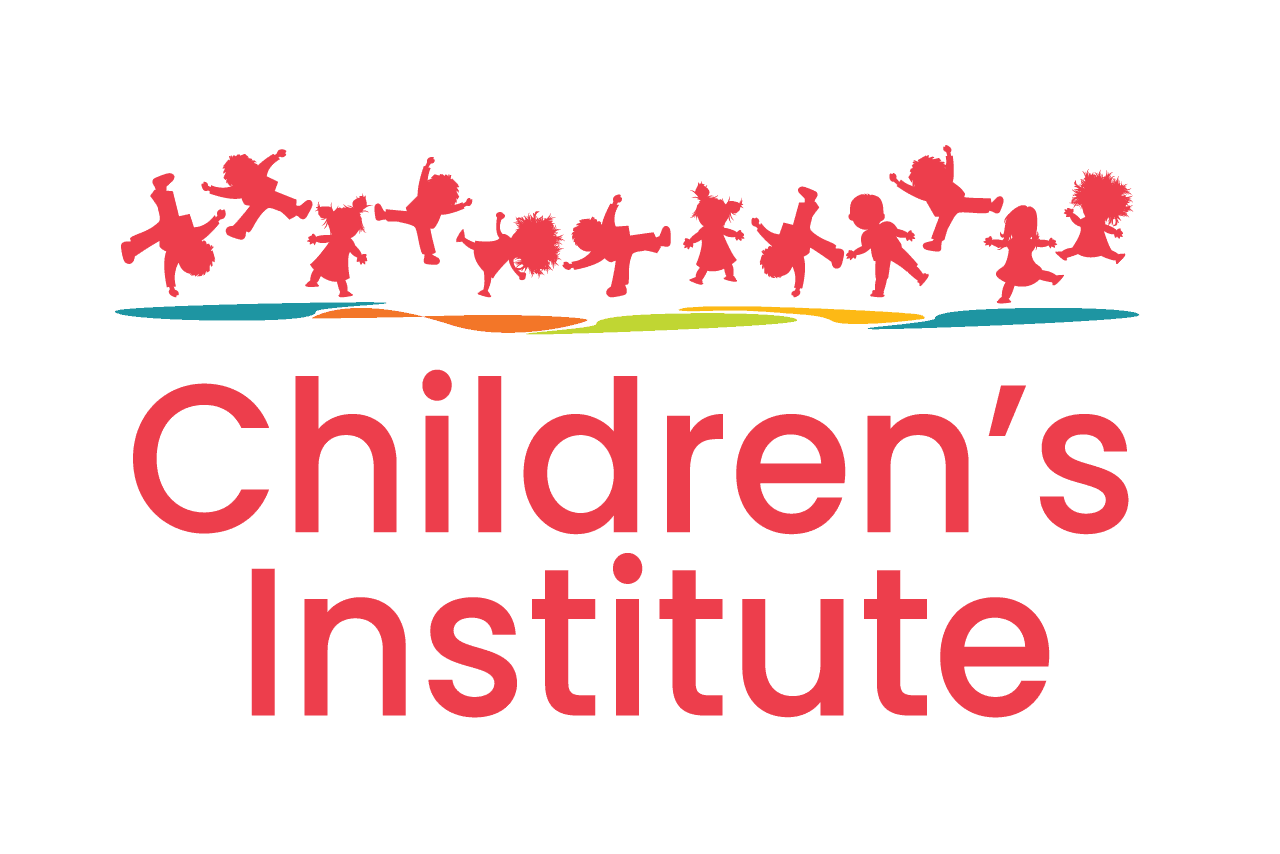
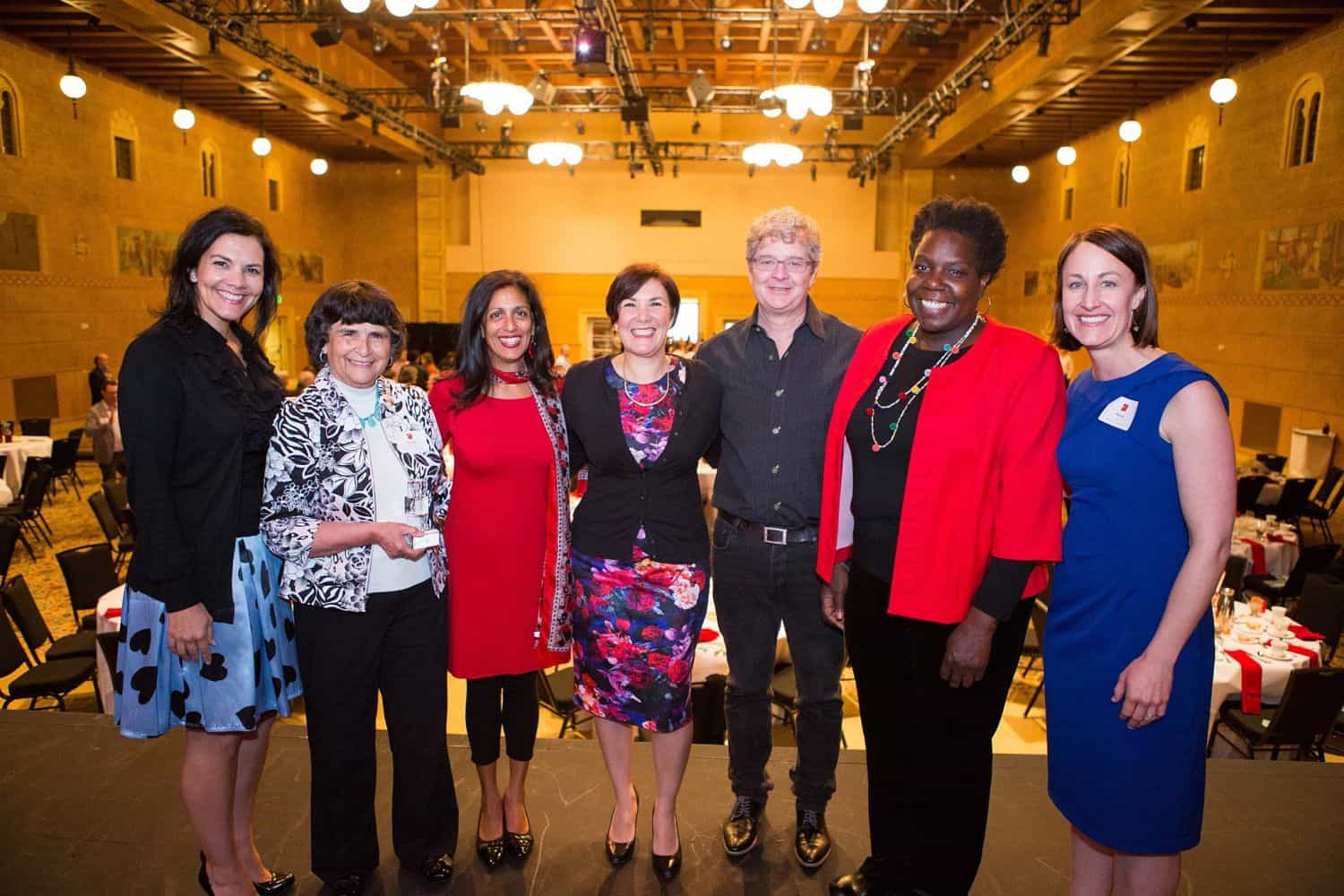 On Thursday, May 18, 300 early childhood advocates, educators, business leaders, and friends attended Children’s Institute’s Make It Your Business Luncheon at the Portland Art Museum. More than $153,000 was raised to continue our advocacy for strategic investments in early education and healthy development beginning with prenatal care.
On Thursday, May 18, 300 early childhood advocates, educators, business leaders, and friends attended Children’s Institute’s Make It Your Business Luncheon at the Portland Art Museum. More than $153,000 was raised to continue our advocacy for strategic investments in early education and healthy development beginning with prenatal care.
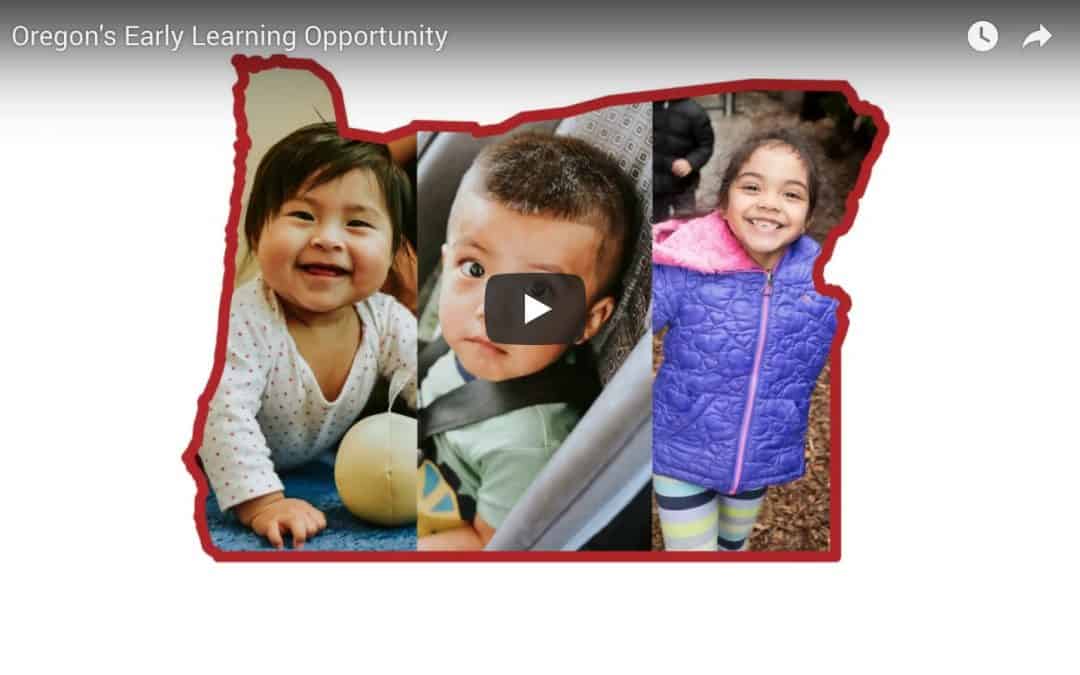
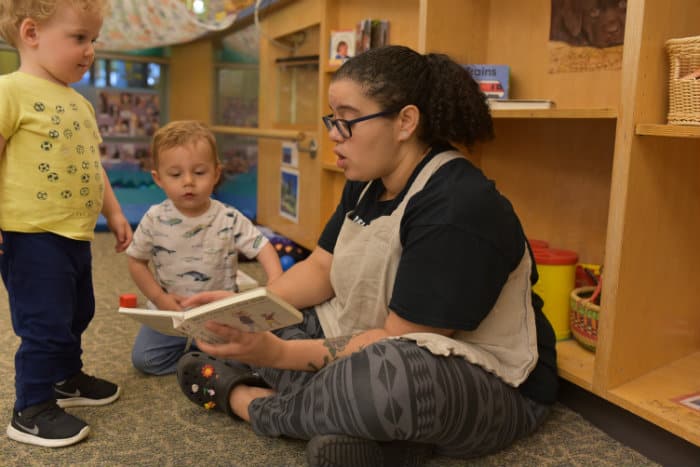 “Grade-level reading” is a phrase that’s used often in the education world. But many parents may not know what it means – and why it’s so important.
“Grade-level reading” is a phrase that’s used often in the education world. But many parents may not know what it means – and why it’s so important.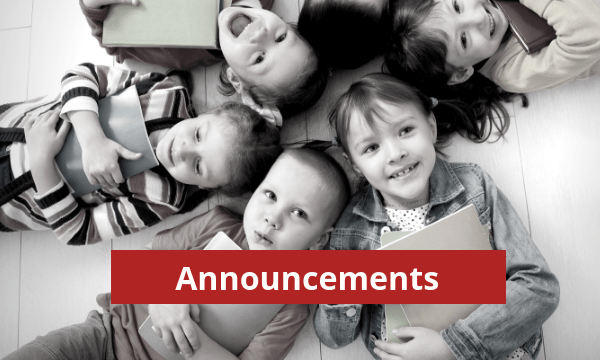
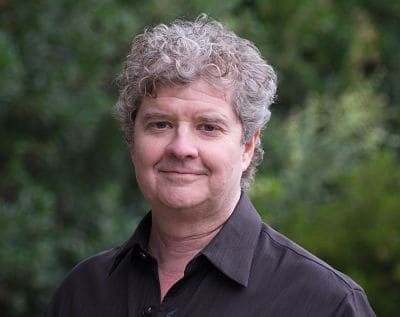 Stanford professor Sean Reardon is the keynote speaker at Children’s Institute’s Make It Your Business Luncheon on May 18, 2017. Reardon, a Professor of Poverty and Inequality in Education and a Senior Fellow at the Stanford Institute for Economic Policy Research, analyzes the effects of income inequality and segregation on young children’s development and educational experiences. He uses his findings to advocate for proven solutions to support children’s cognitive growth, enhance their educational experiences, and improve their academic achievement.
Stanford professor Sean Reardon is the keynote speaker at Children’s Institute’s Make It Your Business Luncheon on May 18, 2017. Reardon, a Professor of Poverty and Inequality in Education and a Senior Fellow at the Stanford Institute for Economic Policy Research, analyzes the effects of income inequality and segregation on young children’s development and educational experiences. He uses his findings to advocate for proven solutions to support children’s cognitive growth, enhance their educational experiences, and improve their academic achievement.